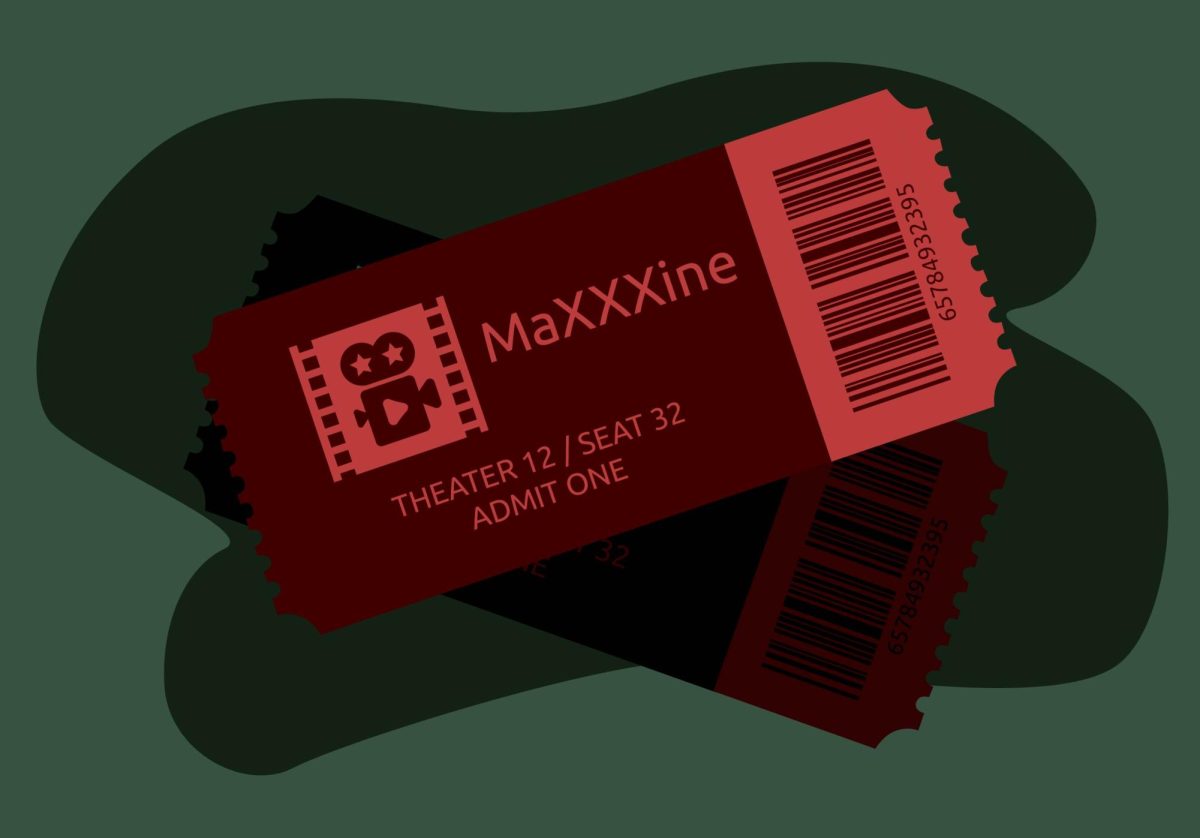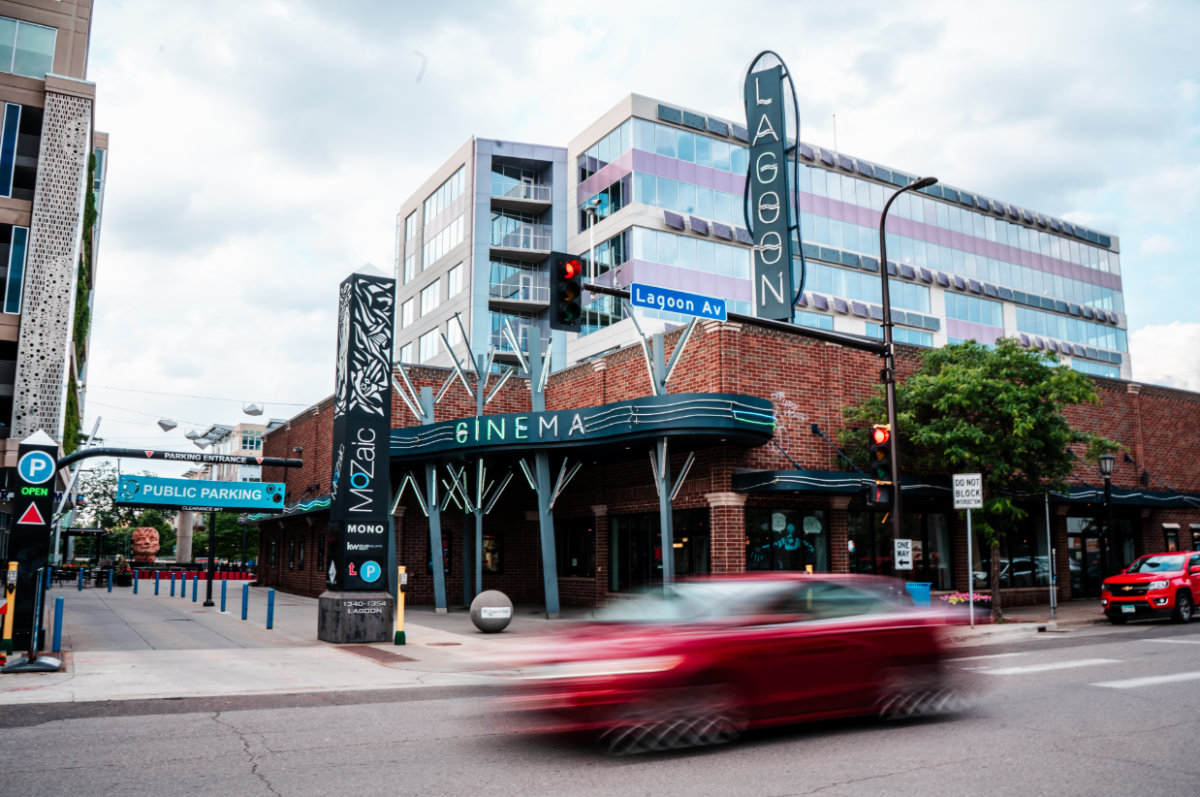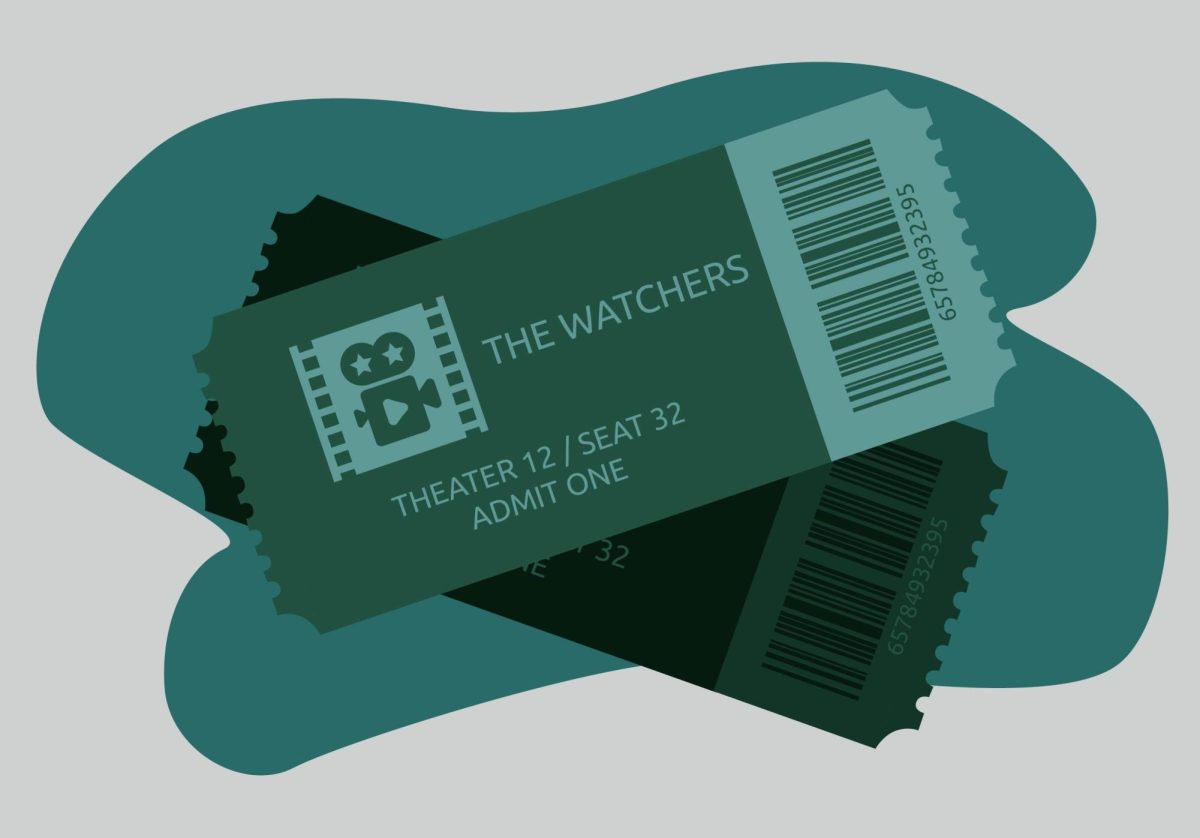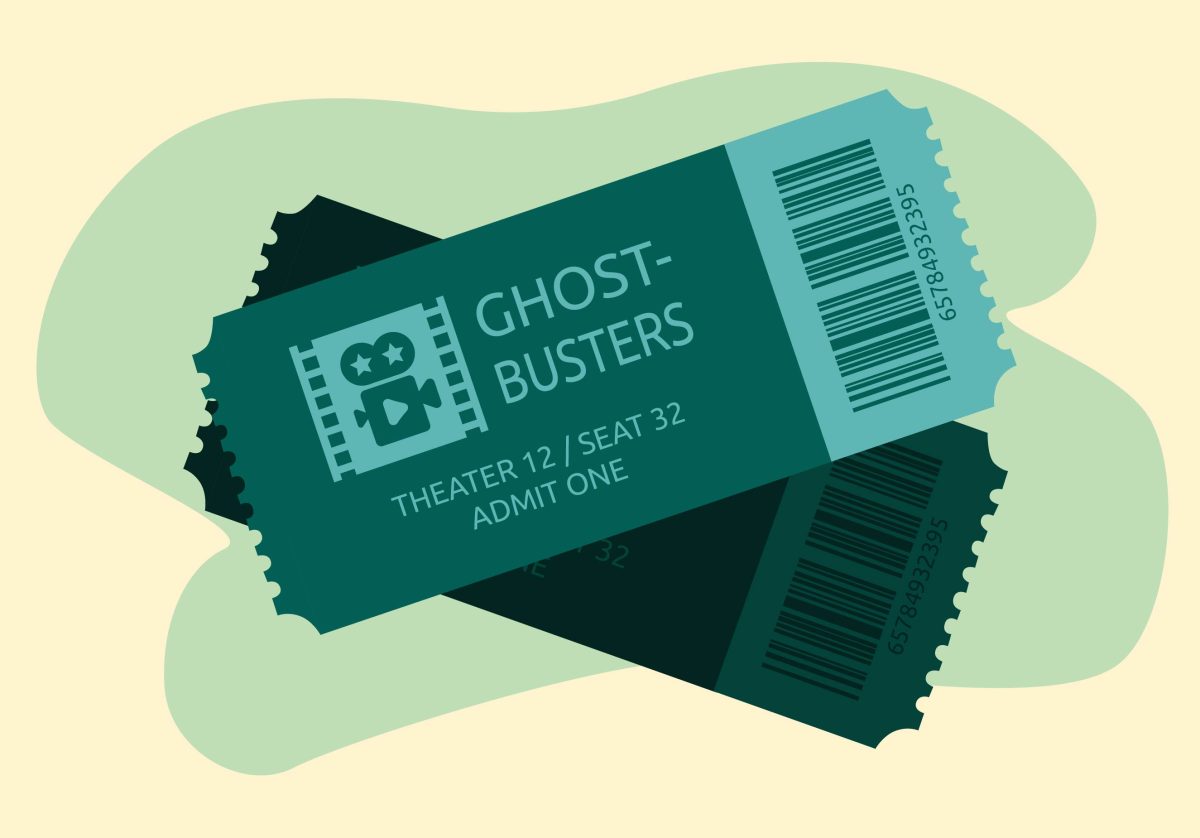What would you do if your country was conducting an illegal war on the other side of the world?
A group of young radicals in the 1960s thought the only way to oppose the United States’ war against North Vietnam was to “bring the war home.” They called themselves “The Weather Underground” or “Weatherman” for short. The name came from Bob Dylan’s song “Subterranean Homesick Blues,” where the folksinger avers that “you don’t need a weatherman to know which way the wind blows.” “The Weather Underground,” a new documentary which screens in Minneapolis this week, attempts to tell their story.
The Weathermen were originally members of Students for a Democratic Society (SDS), the largest student antiwar organization of the time. SDS was founded in the spring of 1960, and grew increasingly more radical as the decade progressed. In 1962, SDS released the famous “Port Huron Statement” which inaugurated the New Left in the United States. In 1969, a hard-line Marxist faction associated with the Progressive Labor Party tried to establish the dominance of its own ideology. Progressive Labor met violent opposition from many quarters, and at the national SDS convention in Chicago, the faction known as Weatherman emerged from the fray in control of the national organization and many regional headquarters. Weatherman’s ideology was also Marxist, but much more of the New Left, with an emphasis on American youth as critical allies of people struggling under colonial rule in other countries.
Within a few months of this split, the Weatherman faction had decided on a strategy of guerilla warfare. The “Days of Rage” action in 1969 aimed to punish the city of Chicago for the police riot at the 1968 Democratic National Convention and simultaneously shock middle-class America out of its insular attitudes. The “Days of Rage” was not successful in these goals, and Weatherman quickly progressed to a campaign of bombing targets it associated with U.S. imperialism. The only fatalities associated with this campaign were three Weathermen, who accidentally blew themselves up in a Greenwich Village townhouse at the beginning of 1970. Other bombings went off as planned, often with humiliating consequences for the government. However, as the war in Vietnam wound down and finally ceased, so did the motivating forces behind the Weathermen’s existence.
“The Weather Underground” focuses mostly on the forces that drove privileged white college students to renounce capitalism and their own safety in the name of stopping a war. Co-director Bill Siegel spoke with A&E about his reasons for making the film with co-director Sam Green. When the idea for the project came up, Siegel and Green felt strongly that, while people who had lived through the 1960s had very strong feelings about Weatherman, people under 40 generally had very little knowledge of that history. Siegel felt a special responsibility to make the film in today’s political context. “The current climate raises important questions that I think demand (close examination by) young people,” Siegel said. He hopes that seeing the film will encourage people to answer the question “How do you respond to a government that’s gone off the wall?”
One area which the film covers only slightly is the internal contradictions that plagued the Weather Underground almost from its inception. Siegel characterizes this as “an attempt to keep it engaging for a younger audience who are learning the history for the first time.” This is certainly a laudable goal for the film, as for any historical documentary. It does tend to obscure some of the important lessons that we may take from the Weatherman experience, however.
Those younger audience members who do have their interest piqued should definitely research the question of why Weatherman was so racked by dissension and infighting. Everyone concerned agrees that there were serious problems with Weatherman’s internal organization. These included misogyny, fanatical adherence to whatever Marxist doctrine was in vogue, and constant bullying of anyone who was not deemed willing to totally commit to violent action against the government. Can a radical movement, however sincere, actually hope to bring about change in society when it devours its membership in this way?
“The Weather Underground” argues that history’s inexorable drift made the Weathermen obsolete. This doesn’t necessarily explain why similar groups like the Red Army Faction in Germany, the Red Brigades in Italy and the Japanese Red Army continued their activities well into the 1980s and 1990s. Ultimately, viewers will have to decide for themselves whether individual and collective action can stop the machinery of the state as it goes about its lethal business.
Former members of the Weather Underground Bernardine Dohrn and Bill Ayers are scheduled to attend the 7:20 p.m. Friday screening along with co-director Bill Siegel.
















